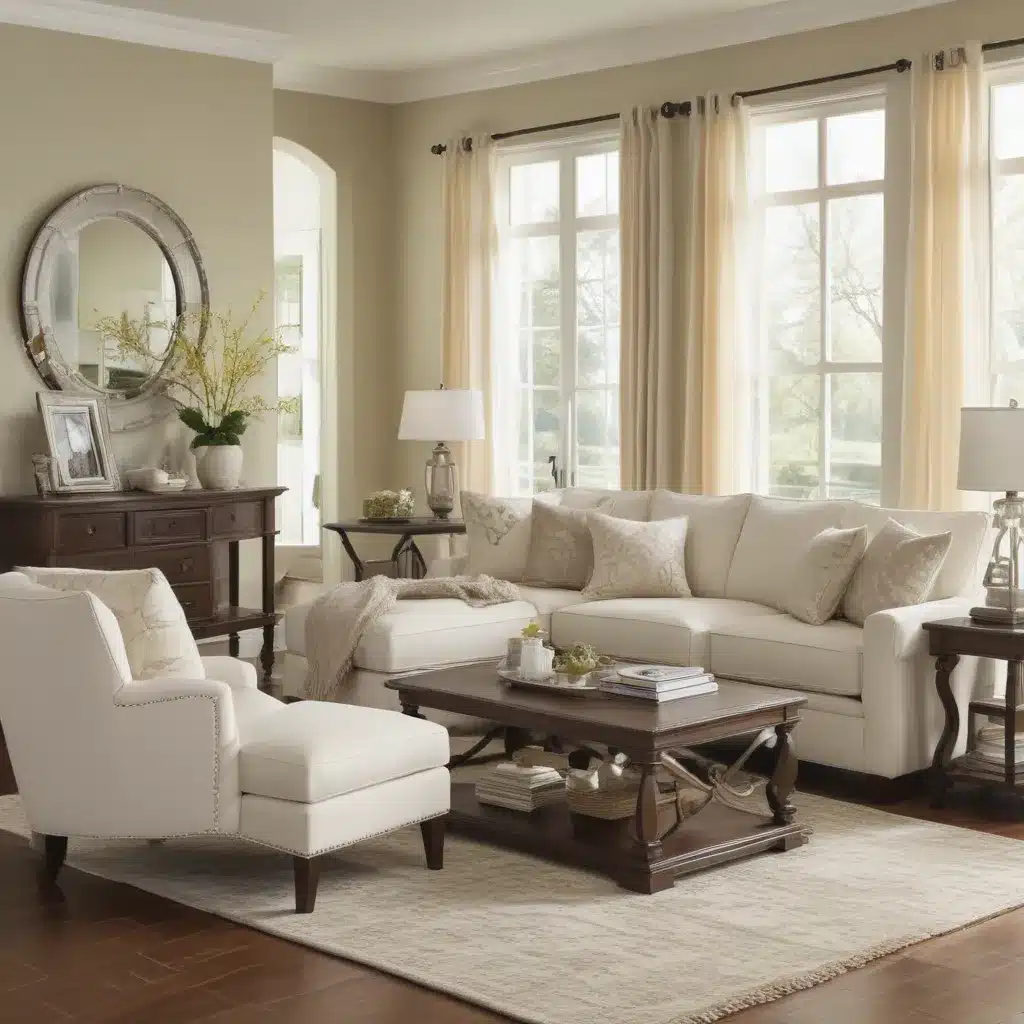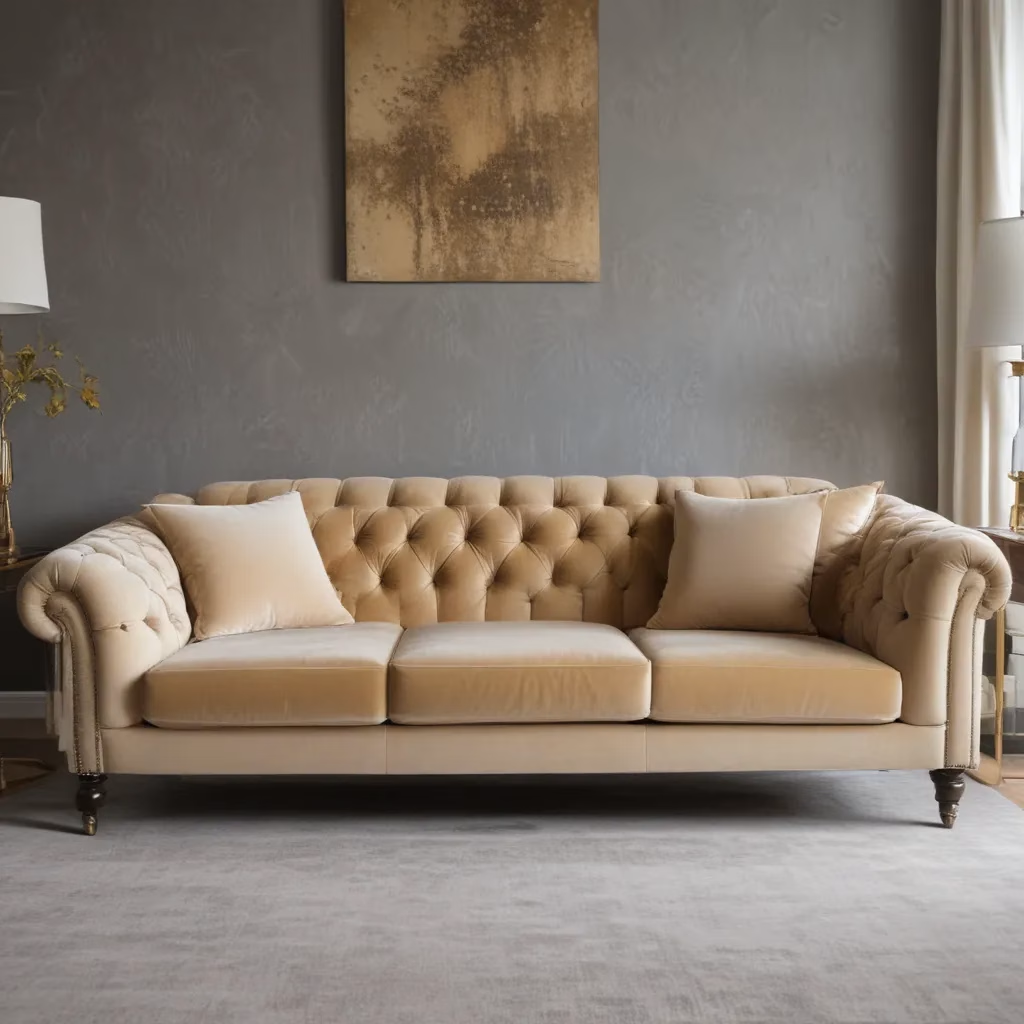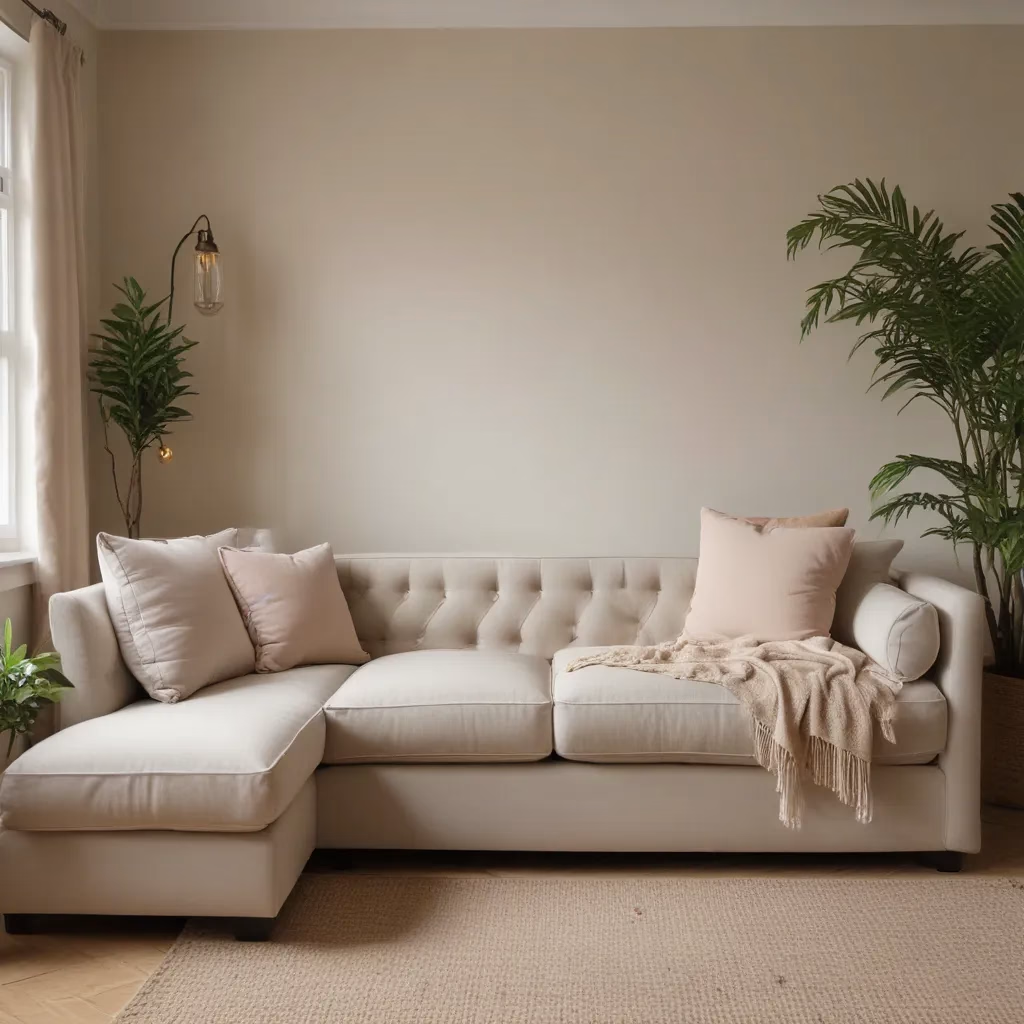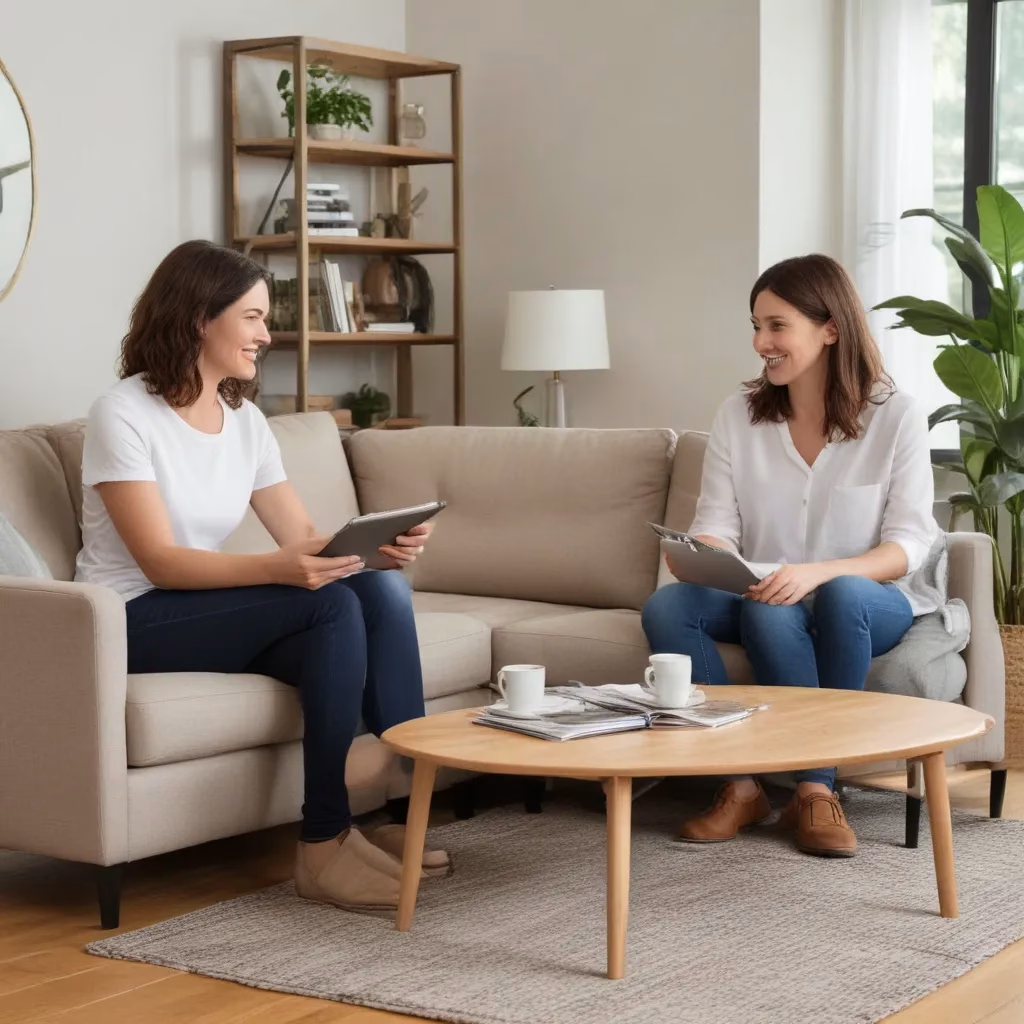You know, there was a time when I was the poster child for matchy-matchy furniture. If we needed a new bedroom suite, I’d march right into the nearest big box store, find the one that ticked all the boxes, and cart it home. Bed, dresser, nightstands – everything perfectly coordinated. And you know what? Those rooms always felt a bit… flat. Like they were missing that je ne sais quoi, that spark of personality.
But then I had this revelation: nothing makes a space look cheaper than matching furniture sets. Gasp! I know, right? It’s like that old adage – if everything matches, you might as well just buy the entire showroom and call it a day.
Luckily, I’ve come to my senses since then. These days, I’m all about that mixed-and-matched look. And you know what? It’s made a world of difference, not just in the way our home feels, but in my own peace of mind. No more anxiety-inducing furniture shopping trips, desperately searching for that elusive “perfect” set. Instead, I get to handpick pieces that truly speak to me, one at a time.
The Trouble with Matchy-Matchy
Let’s be real here – those bedroom suites are a tempting proposition. They’re convenient, they’re (usually) budget-friendly, and hey, at least you know everything will match, right? What could go wrong?
Well, as it turns out, a lot. You see, when everything is the same wood tone, the same color, the same style – it creates a rather one-dimensional, uninspired vibe. There’s no depth, no visual interest. It’s like trying to make a symphony with just one instrument. Sure, it might work, but it’s hardly going to wow the audience.
And let’s not forget the sheer tedium of furniture shopping when you’re stuck in that matchy-matchy mindset. I don’t know about you, but I’d rather have a root canal than traipse from store to store, desperately searching for that elusive “perfect” set that checks every single box. Talk about a recipe for frustration and decision fatigue.
The Beauty of Mixing and Matching
But you know what? There’s a better way. A way that not only makes your home look infinitely more interesting, but also takes the pressure off during the shopping process. It’s called mixing and matching, and it’s the secret to creating that effortlessly pulled-together look we all crave.
Here’s the thing: when you mix different wood tones, textures, and styles, it adds depth and character to a space. It’s like layering colors and patterns in your wardrobe – the more varied the elements, the more visually stunning the end result.
Take, for example, the bedroom we designed for the Lowe’s Home Makeover. We started with a gorgeous, oversized upholstered bed as the focal point, then added in some sleek, modern wood nightstands to balance out the soft, plush texture of the headboard. But we didn’t stop there – we also incorporated a floating wood-and-white credenza to tie the whole look together, creating a harmonious blend of textures and finishes.
And you know what? It works. Beautifully. The room feels warm and inviting, with just the right touch of contemporary flair. It’s a far cry from that cookie-cutter bedroom suite, don’t you think?
Breaking Free of the Matchy-Matchy Mindset
I get it, though – letting go of that matchy-matchy mentality isn’t always easy. We’ve been conditioned to believe that everything has to coordinate, that our homes need to look like something straight out of a catalog. But let me tell you, once you embrace the beauty of mixing and matching, there’s no going back.
The first step? Stop thinking of your home as a series of “sets” that all have to match. Instead, start viewing it as a canvas, where you can layer different pieces, textures, and styles to create a truly unique and personalized look. Maybe that means swapping out your nightstands for a pair of vintage side tables, or trading in your matching living room furniture for a loveseat, armchair, and coffee table that each have their own distinct flair.
And here’s the best part: you don’t have to do it all at once. In fact, I’d encourage you to take it slowly, adding pieces one by one as you find them. That way, you can really hone in on what speaks to you, without feeling the pressure to make everything fit a predetermined mold.
Trust me, the search for that perfect piece will be so much more satisfying when you’re not just trying to check off a list of requirements. Instead, you can let your creativity run wild, mixing and matching to your heart’s content. Before you know it, your home will have that je ne sais quoi I was talking about earlier – that effortless, pulled-together look that makes it feel like a true reflection of you.
The Art of Coordinating without Matching
Of course, just because you’re breaking free of the matchy-matchy mindset doesn’t mean your home has to look like a jumbled mess. There’s an art to coordinating furniture without going full-on “everything must match.”
The key is to focus on finding pieces that complement each other, rather than ones that are identical. Think about it like putting together an outfit – you wouldn’t wear the same shirt, pants, and shoes in the same color, would you? (Well, maybe if you were going for a Daft Punk-inspired look, but I digress.) Instead, you’d pair different elements that work together harmoniously, creating a cohesive-yet-dynamic ensemble.
The same principle applies to your furniture. Maybe your living room features a sleek, modern sofa in a rich, jewel-toned velvet, paired with a rustic, weathered wood coffee table and a pair of mid-century-inspired armchairs. Or perhaps your bedroom has a mix of traditional and contemporary pieces, like that gorgeous upholstered bed we talked about earlier, along with a vintage-inspired dresser and a sleek, minimalist nightstand.
The trick is to look for common threads – whether it’s a shared color palette, complementary wood tones, or a similar aesthetic – that tie the pieces together. That way, your home will feel intentional and cohesive, without veering into the dreaded “matchy-matchy” territory.
Putting It All Together
Of course, the prospect of coordinating furniture without relying on matching sets might still feel a bit daunting. I get it – it’s a big shift from the way we’ve been conditioned to think about home decor. But trust me, once you get the hang of it, it’s a game-changer.
Start by taking a good, hard look at the pieces you already have. What do you love about them? What elements could you build upon to create a more cohesive, pulled-together look? Maybe it’s the warm, rustic vibe of that vintage dresser, or the sleek, minimalist lines of that mid-century-inspired coffee table.
Once you’ve identified those anchor pieces, the rest is all about finding complementary elements that enhance the overall look and feel of your space. Don’t be afraid to mix and match different wood tones, textures, and styles – in fact, embrace it! The more variety you introduce, the more depth and character your home will have.
And remember, this isn’t a race. Take your time, and don’t be afraid to experiment. Visit your local custom sofa company in the UK, browse secondhand shops and flea markets, or scour online retailers for one-of-a-kind finds. The joy is in the journey, my friend.
Before you know it, you’ll have a home that’s a true reflection of your unique style and personality. No more anxiety-inducing furniture shopping trips, no more generic, cookie-cutter rooms. Just a space that’s warm, welcoming, and oh-so-you. Isn’t that what we all want, at the end of the day?
So go forth, my fellow furniture-loving friends, and embrace the beauty of mixing and matching. Your home (and your sanity) will thank you.




